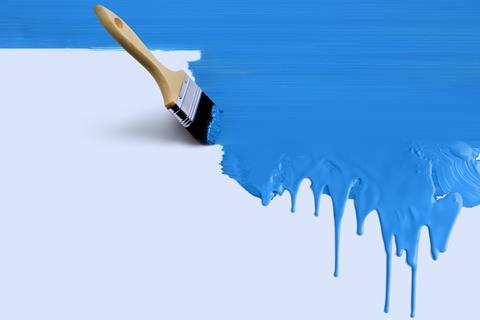Encourage students to make connections between topics with this scaffolded approach

In the early 21st century, painting conservators were raising concerns that paint from some 20th century artworks was liquefying. Analytical chemistry techniques have helped the forensic investigation to identify the cause and prevent further drips.
This real-world context for analytical chemistry techniques is a great opportunity to introduce some retrieval practice with your 16–18 students. In this scaffolded exercise, students are encouraged to make links between topics familiar to them from their post-16 studies. It also offers quick-fire questions to test their knowledge, as well as an insight into the colours and compositions of paints which create the great artworks we see in galleries.
Use this resource alongside the Education in Chemistry article ‘Stopping the drip’.
Downloads
Liquefying paint retrieval practice and quick-fire questions
Editable handout | Word, Size 0.1 mbLiquefying paint retrieval practice and quick-fire questions
Handout | PDF, Size 0.12 mbLiquefying paint retrieval practice and quick-fire questions – answer sheet
Editable handout | Word, Size 0.1 mbLiquefying paint retrieval practice and quick-fire questions – answer sheet
Handout | PDF, Size 0.17 mbStopping the drip - article text
Article | PDF, Size 45.38 kb


















No comments yet